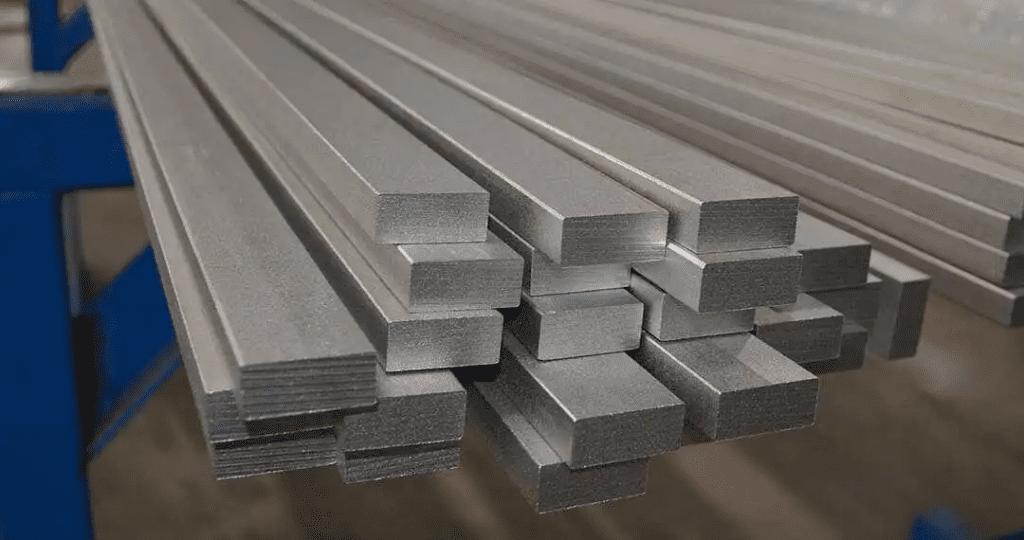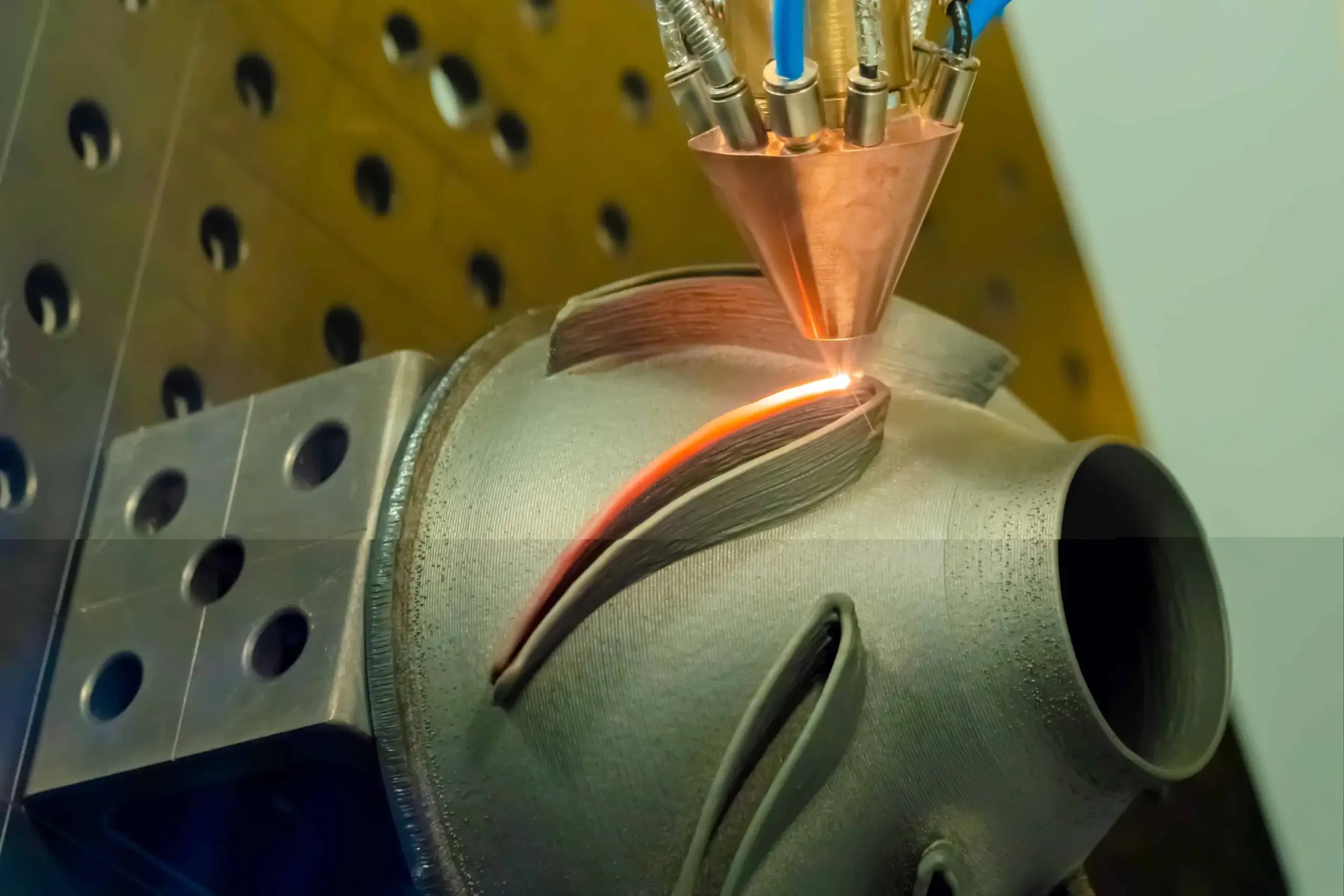Additive manufacturing, also known as 3D printing, is the process of creating a product by using 3D object scanners or computer-aided design (CAD) software to deposit layer upon layer of material in precise geometric shapes, unlike traditional subtractive manufacturing processes that involve removing layers from a block of material to build a design for mass production.
Cutting a metal bar into pieces is a very simple traditional manufacturing process. However, with the wide popularity of 3D printing and the availability of more suitable metals, manufacturers are looking forward to applying both innovative and traditional methods in the mass production line. The aim is to combine additive manufacturing and traditional manufacturing as a complementary process to offer perfect product finishing.
Below, we discuss the benefits of additive manufacturing and how additive manufacturing and traditional manufacturing can be used together to create high-quality products.
The Growing Popularity of Additive Manufacturing
Many machinists, fabricators, manufacturers, and 3D printing specialists have been utilizing additive manufacturing more and more in recent years, as it provides many benefits, such as less material waste. Here, we detail some of these advantages in more depth.
Best for Quick Prototype and Spare Parts Design
The gradual evolution of 3D printing has enabled rapid prototyping for complex designs for big manufacturers such as Boeing, GE, and Siemens. Siemens is using additive manufacturing technology to create spare parts for its different products, reducing the repair time to 90% in some cases. Moreover, Siemens only prints them as required, thereby enabling on-demand production and cutting down manufacturing costs related to overproduction and other logistics.
Reduces Material Waste
Working with a large block of titanium to produce aerospace components generates up to 90% waste. Unless manufacturers consider recycling the remnants, they simply add more production costs in terms of waste material management. The intrinsic capability of 3D printing to add materials layer by layer in the precise shapes required reduces the material waste often created by many traditional manufacturing processes that require removing excess material to create a design.
Shortens Fabrication Time
Various metallic parts made from additive manufacturing processes such as 3D printing cost less because the time required for fabrication is drastically reduced. Complex shapes can easily be produced without tools, dies, or molds. As the part is printed outside of a machine, designing complex geometries and structures, such as lattices or honeycombs, takes less time. This helps streamline mass production.
Despite having a lot of technological advantages, additive manufacturing such as 3D printing cannot completely replace traditional manufacturing techniques. A part produced by 3D printing may still require machining to bring out the desired surface finish. Thus, many manufacturers are considering a hybrid model that utilizes both additive and traditional manufacturing processes.
|
Buy Certified High-Quality Metals for Industrial Solutions |
||
|
New Aluminum |
New Steel |
New Stainless Steel |
 |
 |
 |
| Reliable supply: Consistent, certified aluminum stock you can trust. High-quality material: Superior-grade aluminum for precision needs. Custom cuts: Accurate cuts down to thousandths of an inch. |
Durability and strength: Reliable for projects needing long-lasting, tough materials. Cost-effective: Quality steel that offers strength without breaking the bank. Custom cutting: Precise cuts tailored to exact needs with top-tier cutting tools. |
Sustainability: Highly eco-friendly as the most recyclable metal on earth. High durability: Resistant to corrosion and wear, ensuring long-lasting performance. Custom precision cuts: Tailored to your specifications with quick, accurate results. |
Hybrid Model: Utilizing Additive Manufacturing and Traditional Manufacturing as a Complementary Process
Hybrid manufacturing is a process that combines CNC machining and additive manufacturing. Manufacturers use 3D printing technology to expand their scope of design while relying on traditional CNC processes to produce the desired product.
So, why is it sometimes necessary to combine additive machining and traditional manufacturing methods as a complementary process? While additive manufacturing can produce intricate geometrical shapes for rapid prototyping and high-volume production, it offers less precision than CNC machining, as the three-dimensional objects produced by a 3D printer are often only near-net-shape. On the other hand, it’s much more difficult to create complex shapes with traditional manufacturing methods, but these conventional manufacturing methods can hold tighter tolerances and can more easily create the desired surface finish of the product compared to 3D printing.
The below table summarizes the pros and cons of both methods.
| CNC Machining | Additive Manufacturing | |
| Pros |
|
|
| Cons |
|
|
Hybrid manufacturing utilizes the best of both manufacturing processes and involves applying additive and subtractive processes in sequence. For example, an additive manufacturing method such as Directed Energy Deposition (DED), which uses a laser or electron beam to melt materials as they are deposited onto a build platform through a nozzle, can be performed initially to create the part for small batch production. The part can then be CNC machined to achieve the desired surface finish and tolerance.
Other popular additive manufacturing methods that can be combined with traditional manufacturing methods include:
- Powder bed fusion: A laser or electron beam melts and fuses material powders to form three-dimensional objects. While this manufacturing process is similar to DED, it differs in how it deposits material.
- Metal binder jetting: Especially common in large-scale production, liquid binding agents are deposited onto thin layers of powder, essentially gluing them together to create an object layer by layer.
All of these processes can be performed using a single hybrid machine, programmed and operated by a limited number of people from a safe distance. By implementing hybrid manufacturing using only one machine, the product or part can be printed and machined in a single setup, reducing the chance of error.
Other benefits of using a hybrid machine in the manufacturing industry include the following:
- Less capital expenditure on equipment
- Faster lead times
- Less required inventory storage, saving floor space
- The ability to machine the interior of the part as it is produced, allowing for superior quality control compared to traditional methods
Your Local Metal Supplier for Additive and Traditional Manufacturing Processes
Industrial Metal Service supplies all types of specialty metals and alloys to meet your additive, traditional, and hybrid manufacturing requirements. We have a wide inventory of titanium, steel, stainless steel, and aluminum, as well as high-temperature alloys such as Hastelloy, Inconel, and Invar for your supply chain. We are local to the San Francisco Bay Area, and we can also ship nationwide with no minimum order requirements.
 Angle
Angle Cast Plate
Cast Plate Diamond Plate
Diamond Plate Flat Bar
Flat Bar Plate
Plate Round Bar
Round Bar Square Bar
Square Bar Square Tubing
Square Tubing Round Tubing
Round Tubing Angle
Angle Channel
Channel Diamond Plate
Diamond Plate I Beam
I Beam Round Bar
Round Bar Sheet
Sheet Square tubing
Square tubing Round Tubing
Round Tubing Rectangular Tubing
Rectangular Tubing Plate
Plate Rectangular Bar
Rectangular Bar Rectangular Tubing
Rectangular Tubing Round Bar
Round Bar Sheet
Sheet Square Bar
Square Bar Square Tubing
Square Tubing
